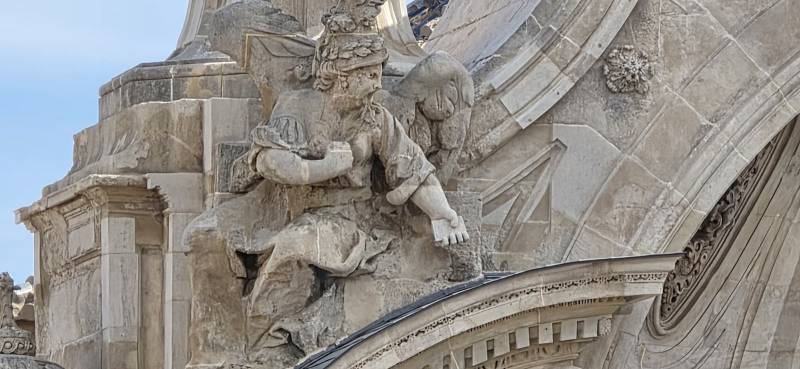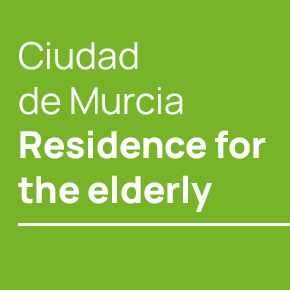

Guidelines for submitting articles to San Pedro del Pinatar Today
Hello, and thank you for choosing San Pedro del Pinatar.Today to publicise your organisation’s info or event.
San Pedro del Pinatar Today is a website set up by Murcia Today specifically for residents of the urbanisation in Southwest Murcia, providing news and information on what’s happening in the local area, which is the largest English-speaking expat area in the Region of Murcia.
When submitting text to be included on San Pedro del Pinatar Today, please abide by the following guidelines so we can upload your article as swiftly as possible:
Send an email to editor@spaintodayonline.com or contact@murciatoday.com
Attach the information in a Word Document or Google Doc
Include all relevant points, including:
Who is the organisation running the event?
Where is it happening?
When?
How much does it cost?
Is it necessary to book beforehand, or can people just show up on the day?
…but try not to exceed 300 words
Also attach a photo to illustrate your article, no more than 100kb

History of Murcia, Part 2
History of Murcia Part 2, A time of turmoil
The History of Murcia Capital is written in 6 parts. To access the other sections, click below:
Part 1, Prehistoric Murcia, Click Prehistoric Murcia
Part 2, Of Romans and Visigoths, Click Romans and Visigoths
Part 3,Moors and Mursiya, Click Mursiya is born
Part 4,Mediaeval Murcia, Click Mediaeval Murcia
Part 5,From 16th to 18th Century, Click Murcia 16th to 18th Century
Part 6, From the end of the 18th Century to the beginning of the 21st, 18th to 21st Centuries
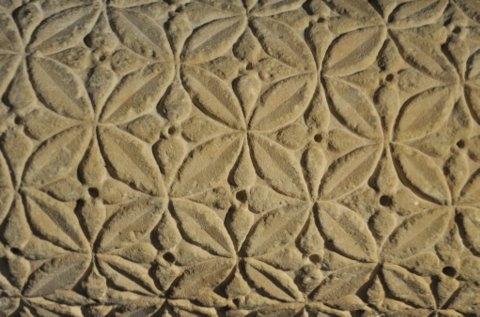 Of Vandals, Goths, Visigoths, Romans and Byzantinians....
Of Vandals, Goths, Visigoths, Romans and Byzantinians....
The first Punic wars between Rome and Carthage in Africa (264-241 BC) changed the face of the Iberian peninsula ( Spain), when the Carthaginians were driven further south and settled along the southern Spanish coast, Cartagena becoming a Carthaginian colony in 227BC. ( Click History of Cartagena).
Hannibal, a member of the Barca clan occupying Cartagena, broke a treaty establishing Roman and Carthaginian borders by attacking Roman occupied Sagunto, further along the Spanish coast, sparking off a second round of Punic wars, (218-202 BC )before setting off to attack Rome via 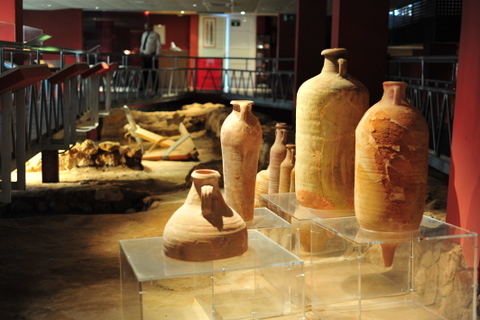 land, leaving Cartagena defenceless whilst he took his army ( and elephants) across the Alps. In 209 BC, the Romans took advantage of his absence to storm Cartagena, renaming it Cartago Nova and the Roman occupation of what is now the Region of Murcia, began.
land, leaving Cartagena defenceless whilst he took his army ( and elephants) across the Alps. In 209 BC, the Romans took advantage of his absence to storm Cartagena, renaming it Cartago Nova and the Roman occupation of what is now the Region of Murcia, began.
The Romanization of the area around Cartago Nova was relatively quick, especially in the mining areas where vast armies of slaves were set to work extracting silver and lead which funded the campaigns of the Roman armies against Carthage.( see History of la Unión and Leiva in Mazarrón.)
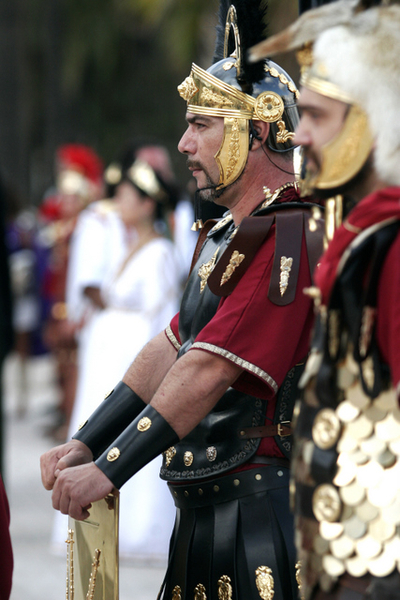 To feed the slaves, agricultural exploitations sprung up across Murcia, and the Romans exploited the natural resources available to them by quarrying marble from Cehegín and Mula to build Cartago Nova, establishing salt pans at San Pedro del Pinatar to extract salt, building salt fish factories along the cost to ship salty fish sauces across the empire( Mazarrón salt fish factory) and filling boats with esparto grass for a variety of purposes, including basket weaving and rope making.
To feed the slaves, agricultural exploitations sprung up across Murcia, and the Romans exploited the natural resources available to them by quarrying marble from Cehegín and Mula to build Cartago Nova, establishing salt pans at San Pedro del Pinatar to extract salt, building salt fish factories along the cost to ship salty fish sauces across the empire( Mazarrón salt fish factory) and filling boats with esparto grass for a variety of purposes, including basket weaving and rope making.
Agricultural villas grew wheat and produced olive oil, ( see Villaricos Mula) and the Romans came to what is now Murcia capital, establishing one villa in an area which became known as Murtia, after the abundance of myrtle bushes growing in the area, believed by some to be the source of the name Murcia.
The Romans drained the marshes in the Segura valley, improved the roads and created infrastructures throughout what is now the municipality of Murcia, making it possible to settle on the lowlands near the banks of the Segura.
And they exploited the Huerta far more, building dams, dikes, and irrigation ditches which would later be put to good use by the Moors, amongst them a villa at La Alberca, a site which had been occupied since 3000BC and other remains at Monteagudo.
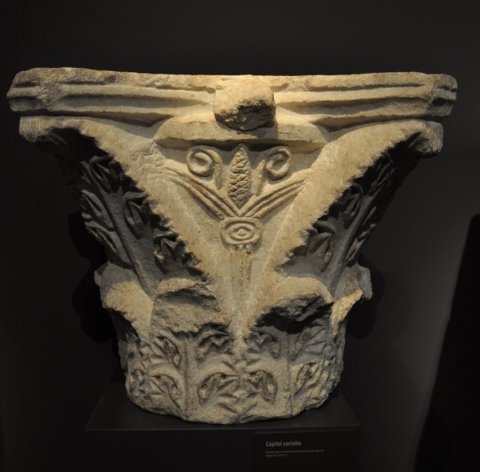 Few Roman remains have been found within the municipality of Murcia, from which we can deduce that it was still sparsely populated during the Roman occupation. Everything points to the possibility that it was a stopping point for those traveling on the Via Augusta, which followed more or less the same inland route as the current Cartagena-Murcia motorway.
Few Roman remains have been found within the municipality of Murcia, from which we can deduce that it was still sparsely populated during the Roman occupation. Everything points to the possibility that it was a stopping point for those traveling on the Via Augusta, which followed more or less the same inland route as the current Cartagena-Murcia motorway.
The Advance of Christianity and the Visigoths
The 5th century was an unsettled time, the decline of the western Roman Empire paving the way for a series of raids across Europe by the Barbarians, races coming from northern Europe, the Vandals devastating the City of Cartagena in AD 425, according to the chronicler Hydatius and occupying the region.
During the reign of the Emperor Diocleciano, Rome and its territories had undergone a major structural upheaval, effectively dividing Rome into Eastern and Western Rome, one part with Rome as its capital, the other Constantinople.
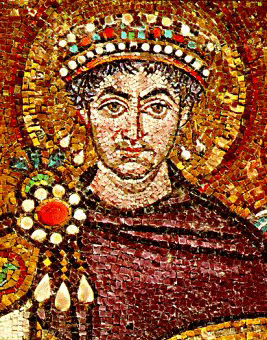 The Empire was unable to stand the constant raids, Western Rome falling to the invaders in 426, although Eastern Rome with its capital in Constantinople managed to survive until 1453. It is unclear when the transition happened, but the Romans ruling the "Eastern Rome, " the half of the empire ruled from Constantinople, gradually came to be referred to as Byzantians and continued with a system of ruling Caesars as before.
The Empire was unable to stand the constant raids, Western Rome falling to the invaders in 426, although Eastern Rome with its capital in Constantinople managed to survive until 1453. It is unclear when the transition happened, but the Romans ruling the "Eastern Rome, " the half of the empire ruled from Constantinople, gradually came to be referred to as Byzantians and continued with a system of ruling Caesars as before.
With Rome weakened, Cartagena was occupied by the Vandals, but then in 426 it passed to another wave of invaders, the Visigoths, until AD 555, when the Byzantine troops of the Emperor Justinian, attempted to recover the territories which had belonged to the Western Roman Empire. In a deal which resolved a Visigoth power struggle they took Cartagena and made it the capital of the province of Spania, which included land from Málaga to Cartagena, calling the City Carthago Spartaria, and set about rebuilding it. Relative peace endured until 612 when the Visigoths attempted to recover their lands, attacked, and in 612 they retook Cartagena, reducing it to ashes, dominating the whole of the area totally until the arrival of the Moors in 713.
Although the time was one of war and upheaval, one underlying change was taking place on a massive scale: the spread of christianity.
The first Christian settlements spread into Murcia from Cartagena, constant trade exchanges bringing new ideas, new people and new, interesting customs. By the 3rd century this area was totally romanised, and christianity was taking hold.
The progress of the spread of Christianity is shown in the archaeological findings made within the municipality. This is the case of the Late Roman Mausoleum (or Martyrium) in La Alberca, the Paleo-Christian Basilica in Algezares, and the late Roman fortress of Los Garres.
These three settlements mark the course of the gully of Torreagüera, which then meets the N-301 (which in turn follows the route of the Via Augusta, the major Roman trade route which begins in Cadiz and leads right along the Mediterranean coast).
The Martyrium is the most important of these settlements.
The Martyrium in La Alberca
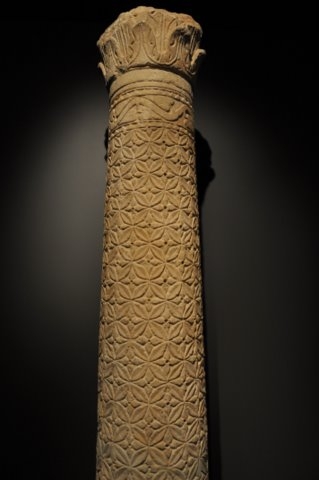 This is located in the old Llano de la Mora, now known as the Calle de La Paz, in La Alberca. It is a family mausoleum from the first half of the 4th century BC (when there was religious freedom, following the Edict of Milan in 313) and is one of the most important Late Roman monuments in the Iberian Peninsula.
This is located in the old Llano de la Mora, now known as the Calle de La Paz, in La Alberca. It is a family mausoleum from the first half of the 4th century BC (when there was religious freedom, following the Edict of Milan in 313) and is one of the most important Late Roman monuments in the Iberian Peninsula.
This mausoleum is part of the process of Christianisation in the Region of Murcia, and represents a stage in the development of beliefs during the first Christian communities, since the existence of this type of building seems to correspond to a desire of families to be buried next to the body of a martyr, this peculiarity giving rise to the term “Martyrium”.
The building forms part of what would have been a Roman villa, and much of it is still visible, including the family mausoleum, the crypt and four sepulchres covered in mosaics. Near here there was also an enormous pond, which was used to store water from the streams running down the mountain. The water would then be used to irrigate the fertile land where modern-day La Alberca now lies.
Many historians believe that this is where the ancient Visigoth city of “Eio’o ‘Ello” was probably situated. This city was destroyed when Murcia itself was made capital.
One of the most distinctive elements of the martyrium are the columns from the building, examples of which can be seen in the Museo de la Ciudad in Murcia and the Archaeological Museum.






